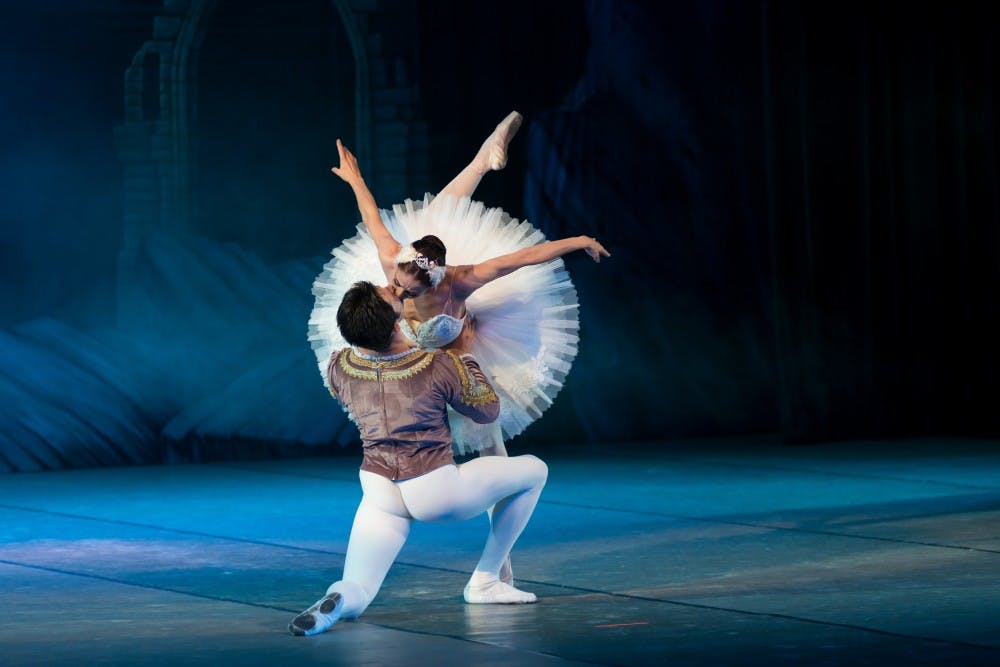
Though such poems may appear on paper as blocks of text reminiscent of paragraphs, in no way do they lose any elements of poetry due to their format. Although prose poets are not able to take the same liberties with line breaks and punctuation as verse poets are, they are nonetheless still able to use the same vivid images and language as they would otherwise with verse.
The first prose poem I ever read was “Waiting,” written by the poet Allison Benis White. It cycles between several key images: two women sitting together but preoccupied with their own thoughts; dancers performing and ignoring their pain; and a child floating on a boat, throwing stones into the lake.
Immediately, the challenge seems to be how to connect all of these images together. In fact, perhaps my favorite part of White’s poetry is her fluid movement between different sets of images. To me, this reflects the blustery, breathless realizations the speaker makes throughout the poem on what connects these different images.
I also find it interesting how the poet manages to characterize the speaker in such a short span of time.
Multiple times in this poem, the speaker understates her convictions by using words like “maybe” and “could be.” An example is the line “This could be an aerial sketch of twirling ballerinas, I think.” In doing this, the speaker not only shows that she is not sure in the truth of what she sees, but also helps draw parallels and transitions between the otherwise separate images she uses throughout the poem.
The entire poem seems to be about movement. There’s the concept of movement through time, as the speaker jumps back and forth between her present location in a restaurant to what is likely a memory of playing on the lake as a child. There’s physical movement from the “twirling ballerinas,” which calls to mind the paintings of Degas.
There’s the repeated image of a circle: In the entire third stanza, the speaker’s confession that she’s “occupied with my love of circles” highlights the endless circular motion that connects the images together with the idea of being unable to move forward.
There’s also a certain stillness, a lack of movement in the dancers each “ignoring the small white pain in her ankle” and the child “[floating] on her back to stare at stars,” both conveying a sense of isolation amid moments of serenity. At its heart, this poem seems to conjure up several different concepts, including loneliness and uncertainty, a small yet plaintive plea for empathy and approval.
In White’s newest book, Please Bury Me In This, the form of her poems has changed drastically from that of her previous poems like “Waiting.”
The poems in this book seem to lean closer to verse than prose, existing as singular lines, some fragmented, and each is separated from the other. The evolution of White’s poetry seems to reflect her move towards darker, more tragic topics like death and suicide.
The shorter lines reflect the fragmented narratives that are often untold and seem to be almost holding back the full force of their emotions. For example, the first line of one of her poems, which is also its title, is “I am not any closer to saying what I mean.”
The speaker’s most interesting strength here is their ability to recognize that although writing may be a form of therapy, sometimes, as White also touched upon years ago in “Waiting,” the emotions are too great to be put into words.

















